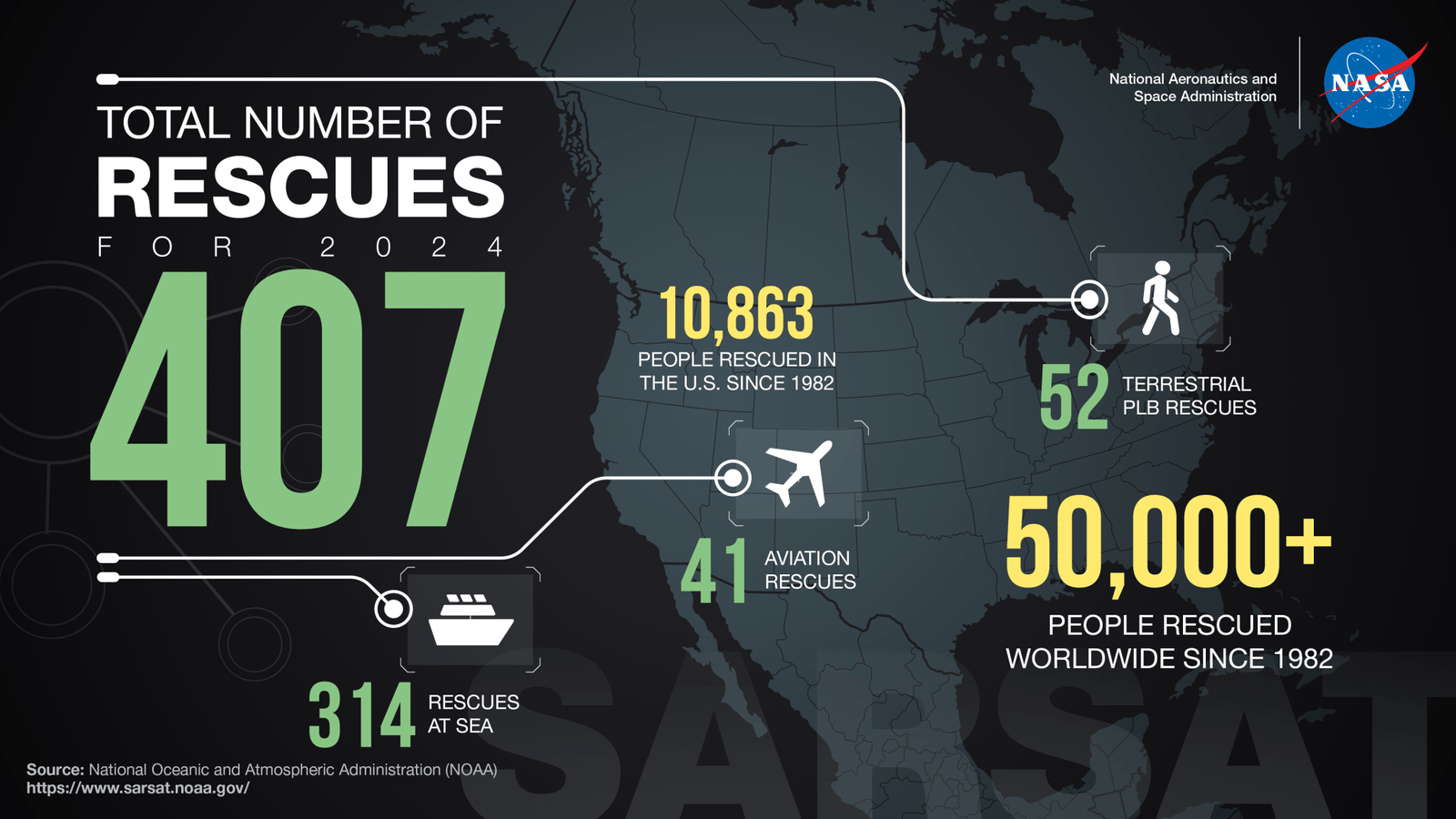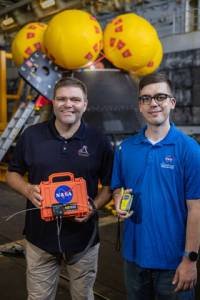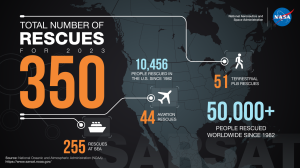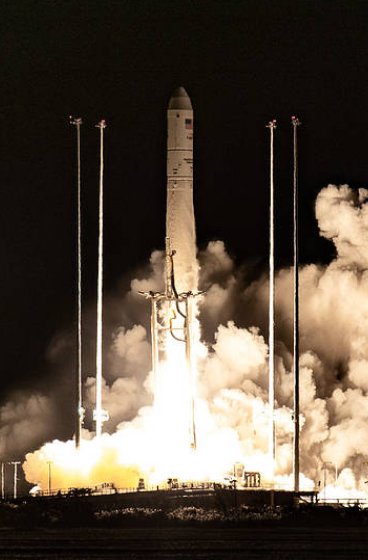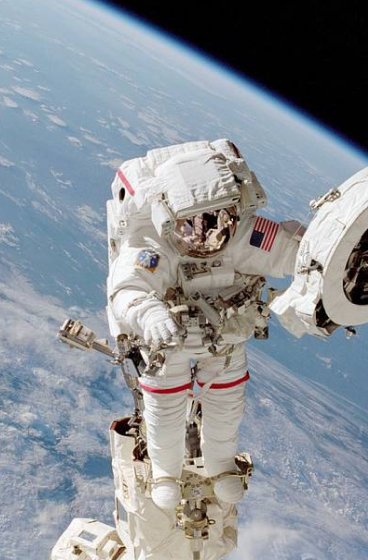More Than 400 Lives Saved with NASA’s Search and Rescue Tech in 2024
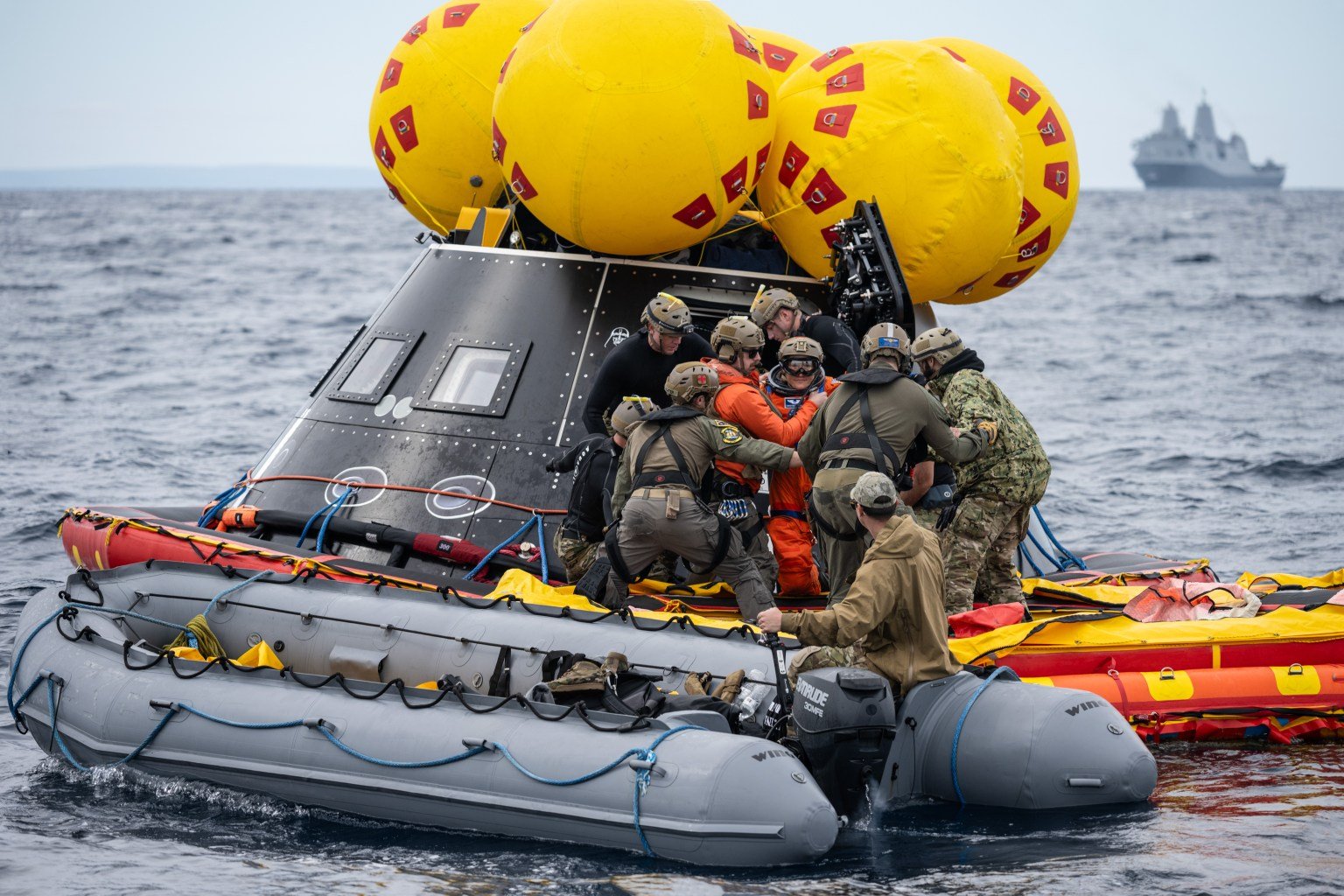
NASA/Kenny Allen
Did you know that the same search and rescue technologies developed by NASA for astronaut missions to space help locate and rescue people across the United States and around the world?
NASA’s collaboration with the international satellite-aided search and rescue effort known as Cospas-Sarsat has enabled the development of multiple emergency location beacons for explorers on land, sea, and air.
Of the 407 lives saved in 2024 through search and rescue efforts in the United States, NOAA (National Oceanic and Atmospheric Administration) reports that 52 rescues were the result of activated personal locator beacons, 314 from emergency position-indicating radio beacons, and 41 from emergency locator transmitters. Since 1982, more than 50,000 lives have been saved across the world.
Using GPS satellites, these beacons transmit their location to the Cospas-Sarsat network once activated. The beacons then provide the activation coordinates to the network, allowing first responders to rescue lost or distressed explorers.
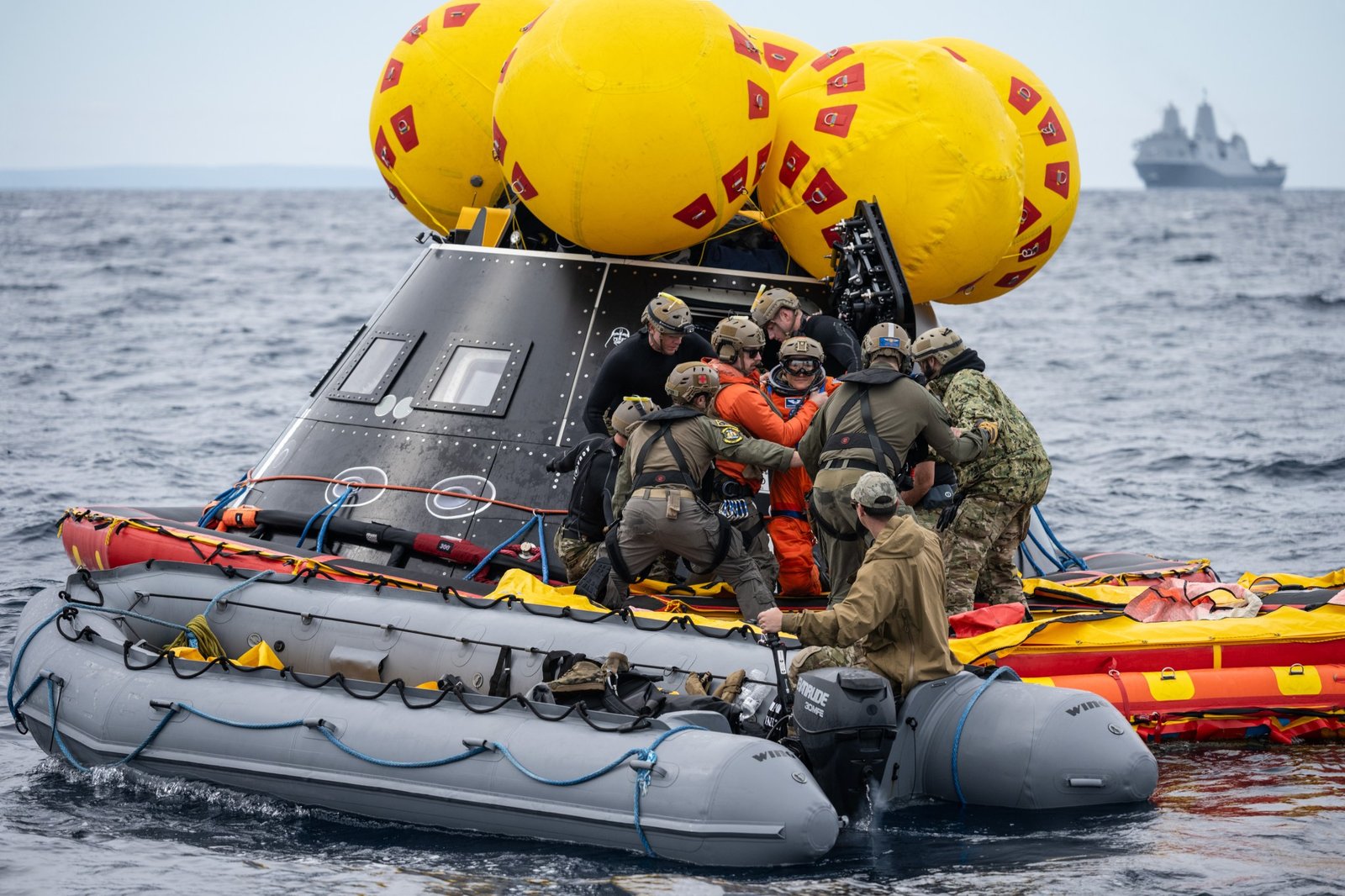
The Search and Rescue Office, part of NASA’s SCaN (Space Communications and Navigation) Program, has assisted in search and rescue services since its formation in 1979 Now, the office is building on their long legacy of Earth-based beacon development to support crewed missions to space.
The beacons also are used for emergency location, if needed, as part of NASA’s crew launches to and from the International Space Station, and will support NASA’s Artemis campaign crew recovery preparations during future missions returning from deep space. Systems being tested, like the ANGEL (Advanced Next-Generation Emergency Locator) beacon, are benefitting life on Earth and missions to the Moon and Mars. Most recently, NASA partnered with the Department of Defense to practice Artemis II recovery procedures – including ANGEL beacon activation – during URT-11 (Underway Recovery Test 11).
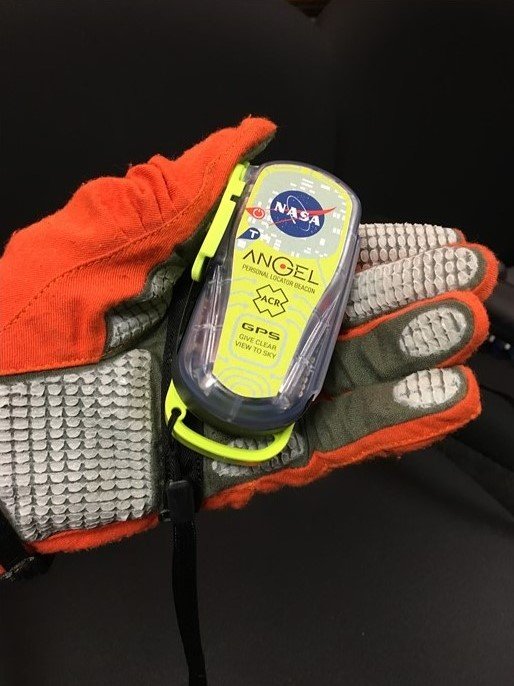
The SCaN program at NASA Headquarters in Washington provides strategic oversight to the Search and Rescue office. NOAA manages the U.S. network region for Cospas-Sarsat, which relies on flight and ground technologies originally developed at NASA’s Goddard Space Flight Center in Greenbelt, Maryland. U.S. region rescue efforts are led by the U.S. Coast Guard, U.S. Air Force, and many other local rescue authorities.
About the Author
Kendall Murphy
Kendall Murphy is a technical writer for the Space Communications and Navigation program office. She specializes in internal and external engagement, educating readers about space communications and navigation technology.

